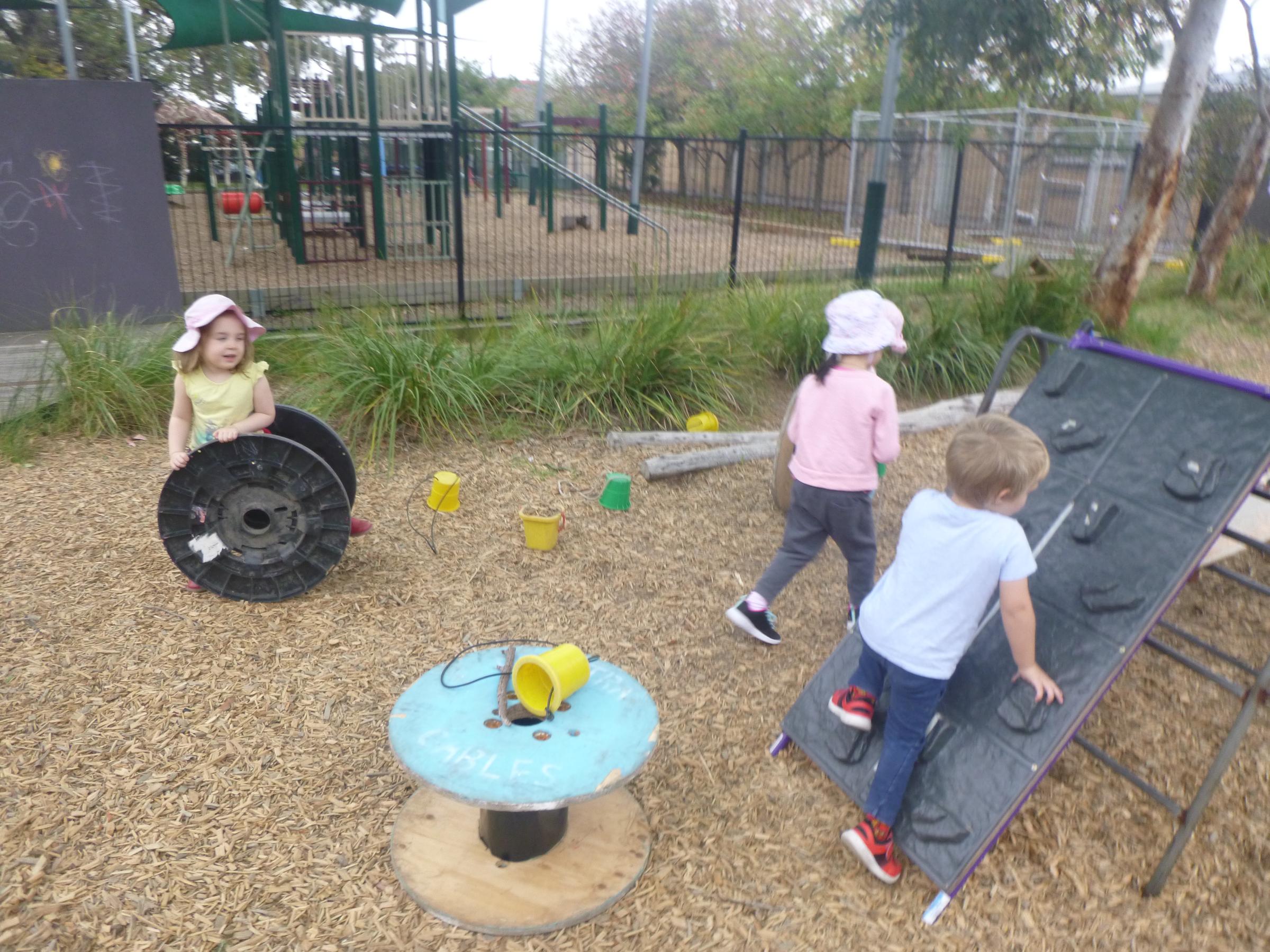Being Active

Physical Activity and Young Children
Often the traditional image we have of learning is of a child sitting still at a table, maybe at a desk, or sitting still on a mat in a group. But learning is not always like that. In fact, for young children, learning is seldom that.
For young children, moving is an important part of brain development. Movement engages more of the brain than sitting still. Children learn through doing, their brains process the sensory input they receive through their active exploration of the environment. With each new experience they have and with each new piece of information they learn, new neural pathways are formed in the brain.
We know that moving around and being active makes it easier to sit still and pay attention on a task that requires complete focus when it is required. The balance comes then, by realising that for young children, there needs to be a higher ratio of movement to sitting still.
Active outdoor play supports children to build their cognitive skills through movement. Through developing their large and fine motor skills, their language skills, their social skills as they develop increasingly complex capabilities to navigate their world.
In order to be able to sit still on the mat, or to sit at a table and hold a pencil children need to develop their core strength, arm stability, fine motor precision and endurance. And that is built up by movement, through climbing, holding body weight from a beam, running, balancing, throwing balls.
We know from data provided by the Australian Early Development Census that children are entering school with more vulnerabilities in fine and gross (large movement) motor skills. The data tells us that for children holding a pencil, using scissors, being able to navigate play equipment and play developmentally appropriate sports and games, the number of children that have difficulties in these areas is growing. We know too, that being outside playing and moving develops these skills, just by being outside and being able to play freely.
So, what does this mean for us as a kindergarten? It means we plan for and provide a lot of outside play time. We provide obstacle courses, balls, bikes, encourage play in sand and mud, to help children's brains and bodies develop in the way they were meant to. In the way research tells us they should.
